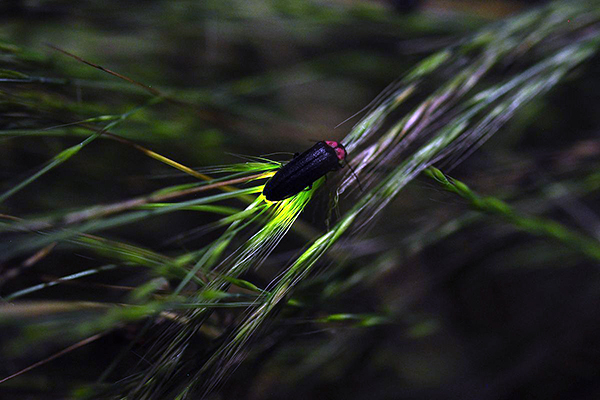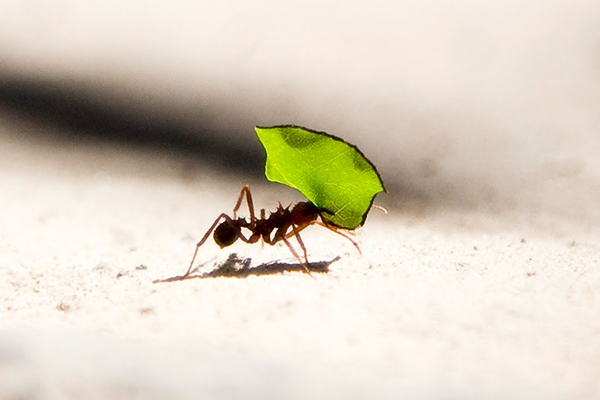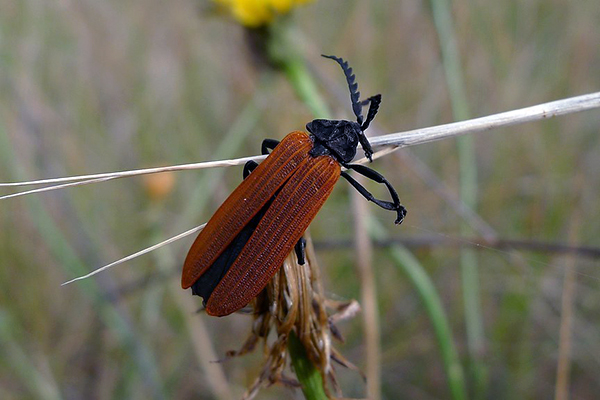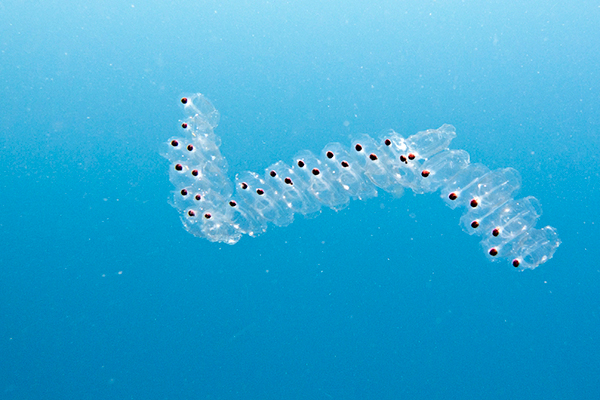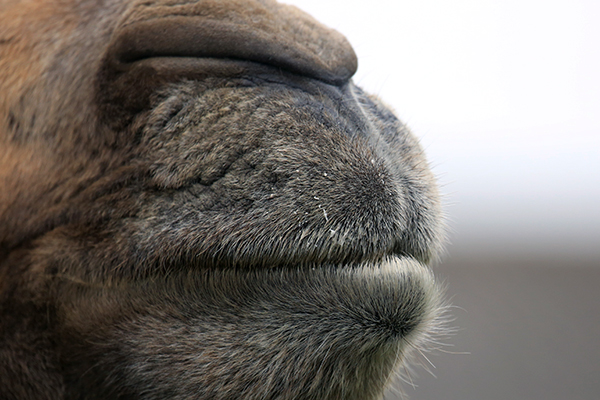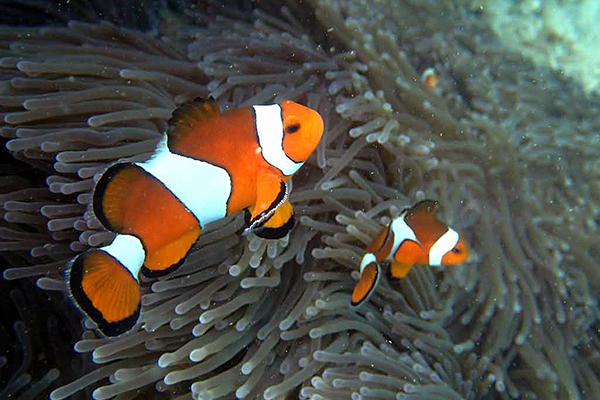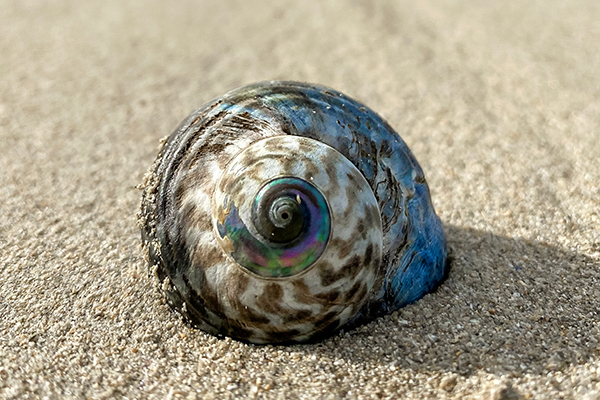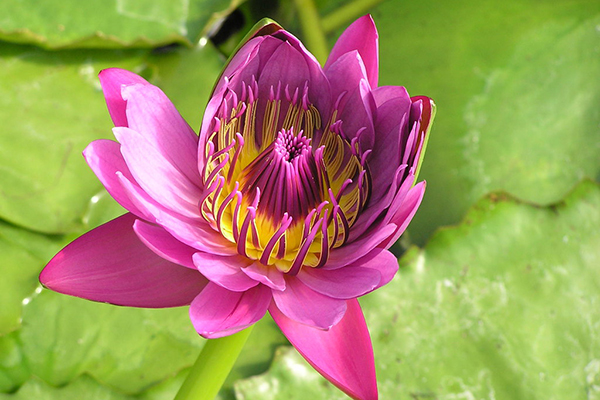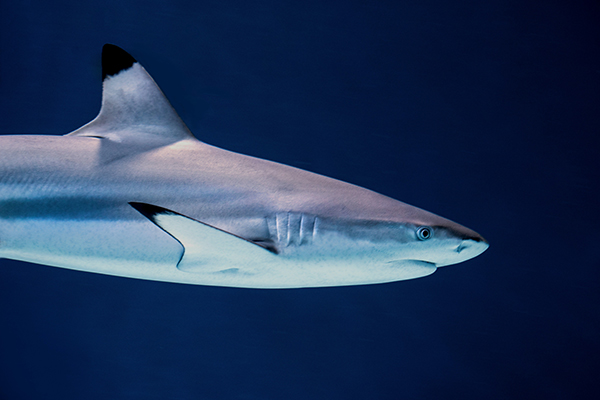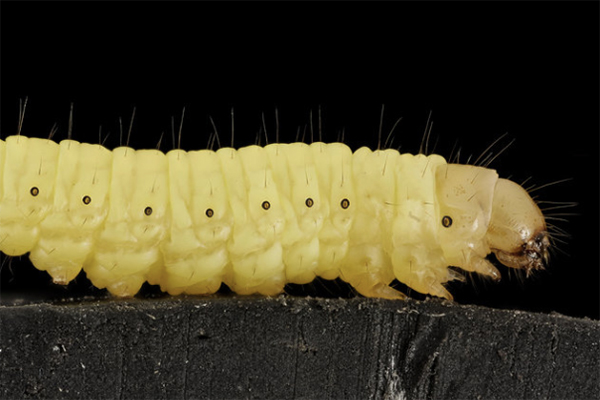Biomimicry Global Design Challenge
Since its inception, the Biomimicry Global Design Challenge has provided the opportunity for over 4,800 university students and young professionals to gain hands-on biomimicry experience. By introducing them to biomimicry’s design methodology and sustainability mindset, these emerging leaders have created design concepts addressing some of the biggest social and environmental issues facing the world today.
We are immensely proud of their work and commitment to biomimicry, and invite you to see their solutions below.
Celebrating 6 Years of the
Biomimicry Global Design Challenge
The Biomimicry Global Design Challenge has been closed, and 2021 was the final year of the competition.
This Challenge came to life due to the belief that in order to better fit in on the planet we need to learn how to create designs, systems, materials, and chemistry that are inspired and informed by nature. The breadth and depth of ideas that emerged from this design challenge over the years are impressive—solutions inspired by organisms as diverse as manta rays and methanotrophs, and addressing difficult problems like climate change, flooding and forest fires, air, water, and soil pollution, and all types of waste.
We are proud of all the participants who have helped foster innovative
and sustainable ideas to solve serious social and environmental problems.
Between 2015 and 2021, the Challenge had:
Participants
Teams
Countries Participating
Participating Colleges and Universities
%
Participants Identified as Female
UN SDGs Addressed
Meet the 2021 Global Design Challenge Finalists
This group of finalists demonstrate the wide-ranging opportunities biomimicry can offer — challenges related to flooding and evacuation from unexpected storms, water filtration efficiency, heavy metal and light pollution, as well as various adaptations to a warming climate.
Read the finalist announcement here.
DELight
In addressing the problem of artificial light at night, which disrupts the circadian rhythm and natural functions of organisms and ecosystems, DElight devised a solution to address common design flaws from existing lighting structures. Inspired by the firefly, Saharan silver ant, and lobster, this multifunctional design emulates nanostructures that efficiently transmit light, guides that light where it is useful (thereby diminishing unnecessary pollution), reduces glare, and incorporates cooling mechanisms. Read more here.
ECO-Serve
Access to fresh drinking water is becoming more challenging worldwide. ECO-Serve is a passive filtration process to harvest atmospheric water in both humid and arid climates, inspired by fish gills, leaf cutter ants’ mounds, and a few desert-specialist plants. Read more here.
Insu-Ram
The buildings in La Guajira, especially housing, present structural and thermal comfort problems due to the current construction materials and the underutilization of available resources in the area. Insu-ram is a system of assemblable clay blocks inspired by the cells in the elytra, or hardened wing covers, of certain beetles that allow internal air flow to circulate. Read more here.
PURAERA
DRYLGAE
This bio-inspired seaweed dryer was inspired by the camel’s nose, which has an amazing dehumidifying system, the Hercules beetle, which has a body composed of a micro-scale 3D chitin network that enables water absorption, and the moth’s eye nanostructure formation that is efficient at collecting light. Read more here.
ENTR
MicroBergy
Re-Leaf: A Modular Emergency Raft
E-Colant.Net
Approximately 21 million people worldwide are affected by river floods every year. In order to build an efficient and sustainable river facility, the E-Colant.Net unit balances river erosion and sediment accumulation, improves the adhesion of plants and soil, and increases water permeability. Read more here.
Hydro-Canopy Facade System
In a warming climate, many areas are offering residents two options to adapt to survive: air conditioning (which can be unaffordable) and migration. The HydroCanopy offers a low-cost, high-efficiency architectural façade system solution that responds to climatic conditions using passive control strategies that regulate solar radiation, ventilation, thermal inertia, and offers an evaporative cooling system.Read more here.
MOL
Wax moth caterpillars can eat plastic, leading to interesting sustainability applications. The MOL team is looking to selectively breed wax moth caterpillars to become more efficient plastic decomposers. Read more here.
Zooza: Cooler Communities. Brighter Futures
Most often, Urban Heat Islands impact the most vulnerable communities in a city. Zooza is a cooling strategy and community implementation approach inspired by a couple organisms’ abilities to change color in response to UV rays; the microstructure of the white scarab beetle, which scatters light of all wavelengths, creating a brilliant white to keep cool; and the bottlenose dolphins’ peer-to-peer information-sharing network. Read more here.
Through biomimicry, we learned that we are both students and stewards of the earth. When we observe and learn from nature’s billions of years of experience, we create resilient solutions. As we grow as designers, we find that stepping into nature for a quiet moment can provide the inspiration and solace we need to do outstanding creative work to serve others.
The Biomimicry Global Design Challenge provided a framework for our project to grow and mature. Throughout this project we also realized the value of collaboration with experts in specific fields to challenge and shape our ideas.
Taking inspiration from nature is an approach that we will always keep in mind through our careers.
We will use the information to be in touch with you via email. You can change your mind at any time by clicking the unsubscribe link in the footer of any message you receive from us. Learn more about our privacy practices here.
Support the Next Generation
of Nature-Inspired Innovators
Imagine a world where everything we make is inspired by the natural world. By supporting the Biomimicry Institute you:
- Help bring biomimicry education to more students and educators
- Accelerate the growth of more nature-inspired startups and entrepreneurs
- Increase the number of biological strategies and resources on AskNature.org and across our entire organization.

